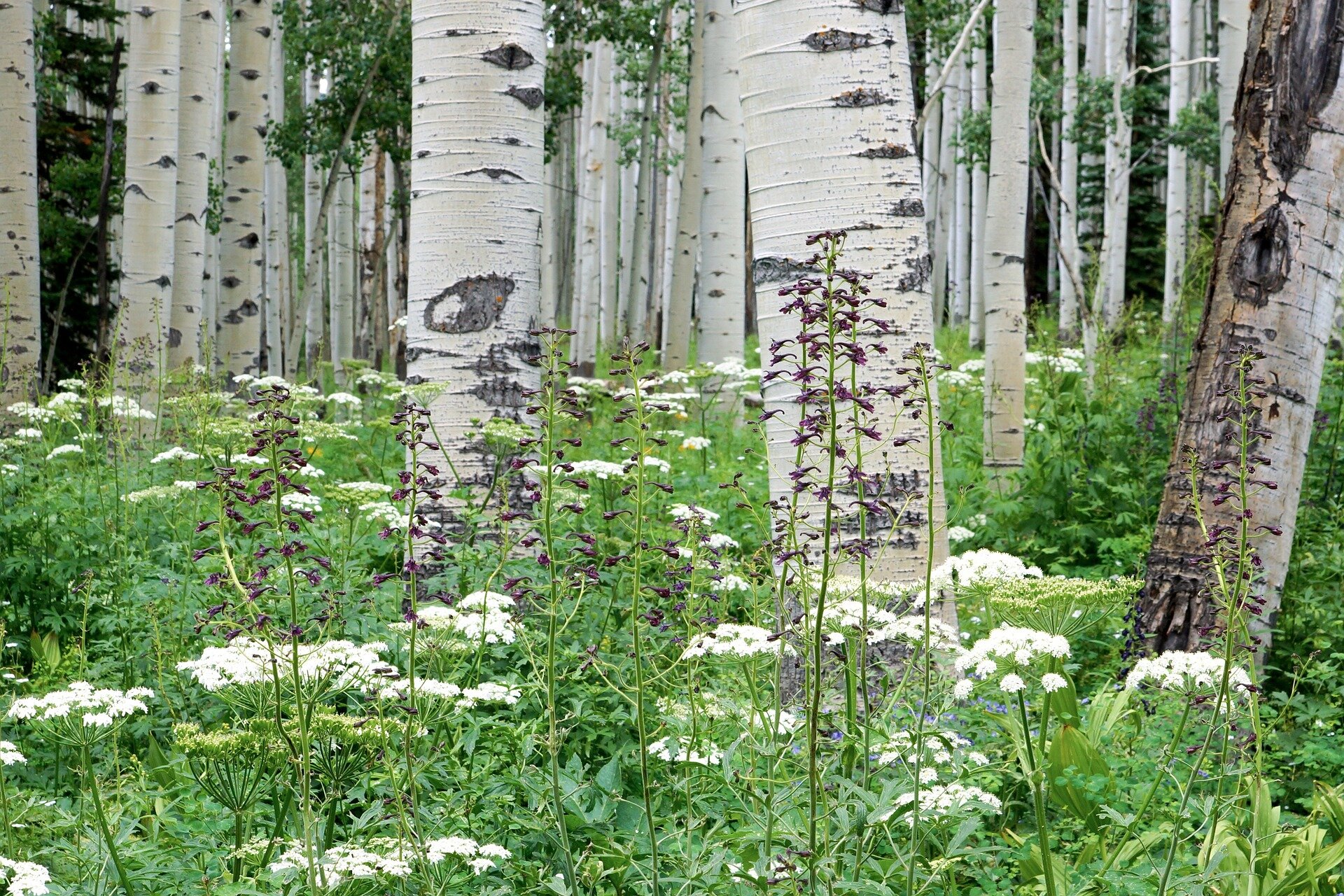- Components for pagers used in Lebanon blasts not from Taiwan, minister says
- Companies face risk of huge fines and suspensions under tough new cyber rules in the EU
- Britain's ultra-wealthy are threatening to exit en masse ahead of proposed tax changes
- Japan's Nikkei leads gains in Asia Pacific after Wall Street soars; BOJ and PBOC hold rates
- Yen nurses losses as BOJ meets, dollar dogged by rate outlook
Who Won the U.S. Presidential Debate?

Invasive caterpillars can make aspen forests more toxic for native insects—ecologists explain how
When we walked with a colleague into an aspen forest near Madison, Wisconsin, in the early spring of 2021, we expected to finalize our plans for a research project on several species of insects that live and feed on the trees. Instead, we found a forest laden with fuzzy, brown egg masses.
These masses, belonging to an invasive species known as the spongy moth, brought our plans to a screeching stop. We knew that within weeks, hungry spongy moth caterpillars would strip the forest bare.
We are chemical ecologists interested in how plant chemistry influences the interactions between plants and plant-feeding insects. As seasoned scientists, we've seen that good science stories sometimes end up nowhere near where the researchers first anticipated. This is one of those stories. And like many good stories, it incorporates villains, beauty, poison and death.
After an initial period of distressed hand-wringing about the fate of our aspen forest, we pivoted our research plans. We decided to address how defoliation—another word for leaf consumption—by an invasive species might alter the chemical composition of plants, to the detriment of native species.
All plants produce defense compounds to fend off herbivores, like insects, that try to eat them. These defenses include well-known chemicals like tannins, caffeine and cyanide. In turn, insects have evolved adaptations to these chemical defenses tailored to the particular species that they feed on.



- September 19, 2024
Nkwanta South Education Directorate receives over 700 desks from Assembly

- September 20, 2024
Researchers document Russian destruction of Ukrainian archaeological sites

- September 20, 2024
New model points to increased coastal metal emissions


- September 20, 2024
Group supports 350 Ogun students with educational materials




- September 20, 2024
Parents should speak indigenous languages to children – Library boss
Subscribe to our mailing list to get the new updates!

Subscribe our newsletter to stay updated
Thank you for subscribing!



